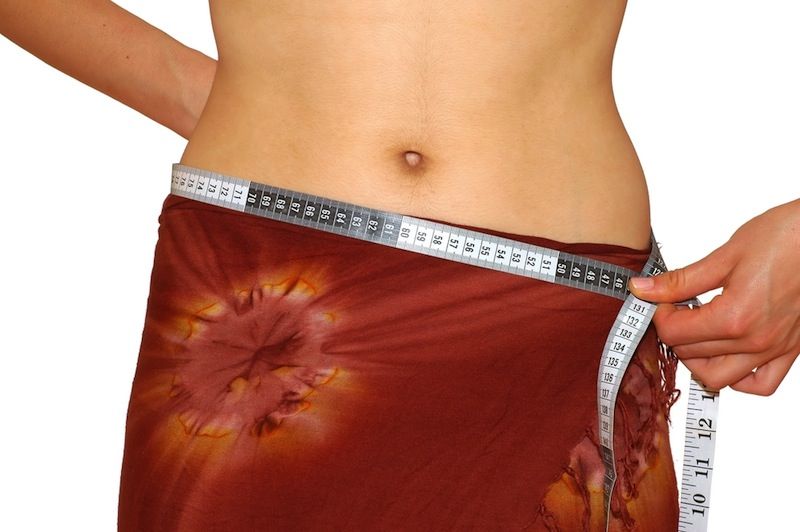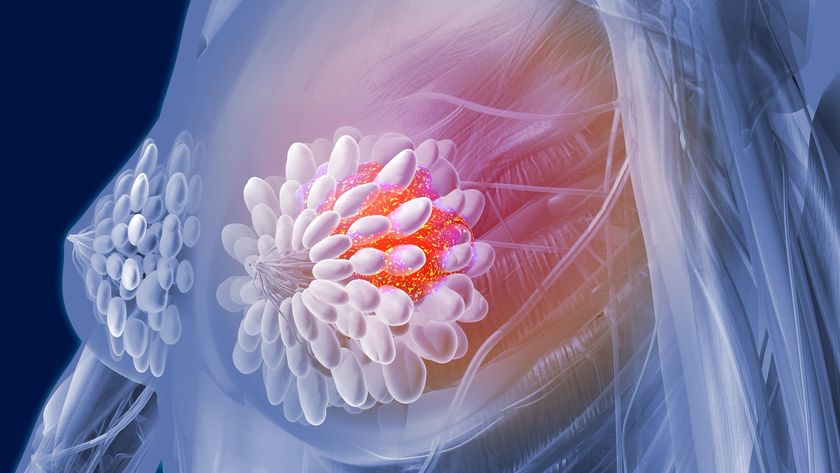Increasing Skirt Size Linked to Breast Cancer Risk

Women who gain weight around the waist and whose skirt sizes therefore increase between their 20s and 60s may be at higher risk of breast cancer after menopause, a new study from the United Kingdom suggests.
The study, which looked at more than 92,000 women postmenopausal women over age 50, found that going up a skirt size over a period of 10 years after age 25 was linked with a 33 percent increase in the risk of breast cancer after menopause. Going up two skirt sizes was linked with a 77 percent increase in risk.
Overall, the risk that a postmenopausal woman will develop breast cancer over the next five years increases from 1 in 61 to 1 in 51 with one skirt-size increase over a 10-year period, the researchers said. (About 1 percent of women in the study developed breast cancer.)
Previous studies have linked obesity after menopause, and weight gain in the decades before menopause, with an increased risk of postmenopausal breast cancer. But the new study is the first to examine breast cancer risk using skirt size as a proxy for changes in waist circumference, the researchers said. [6 Foods That May Affect Breast Cancer Risk]
The new findings held even after the researchers took into account other factors that could affect breast cancer risk, including body mass index (BMI), a family history of breast cancer and use of hormone replacement therapy.
In fact, increases in skirt size were a better predictor of breast cancer risk than BMI, or body mass index, which is a measure of height and weight that is often used as an indicator of body fatness. Doctors have criticized the use of BMI in predicting people's risk of health conditions; in previous studies, researchers have noted that a person's BMI doesn't take into account where fat is distributed over the individual's body.
The new findings, along with other studies linking having more belly fat to an increased risk of cancer, suggest that fat around the waist may potentially be more harmful than fat elsewhere in the body.
Sign up for the Live Science daily newsletter now
Get the world’s most fascinating discoveries delivered straight to your inbox.
"Although the exact mechanism of these relationships needs to be better understood, there is a suggestion that body fat around the waist is more metabolically active than adipose tissue elsewhere," said the researchers, who are from the Institute for Women's Health at University College London. Extra fat is known to increase levels of estrogen, a hormone that can promote breast cancer tumor growth.
Still, further studies are needed to confirm the new findings. The study found an association, but not a cause-and-effect link between increases in women's waist size and the risk of breast cancer. It's also possible that women in the study misremembered what their skirt sizes were when they were young, or underestimated their current skirt sizes, which could affect the results, the researchers said.
The study is published online today (Sept. 24) in the journal BMJ Open.
Follow Rachael Rettner @RachaelRettner. Follow Live Science @livescience, Facebook & Google+. Original article on Live Science.

Rachael is a Live Science contributor, and was a former channel editor and senior writer for Live Science between 2010 and 2022. She has a master's degree in journalism from New York University's Science, Health and Environmental Reporting Program. She also holds a B.S. in molecular biology and an M.S. in biology from the University of California, San Diego. Her work has appeared in Scienceline, The Washington Post and Scientific American.











